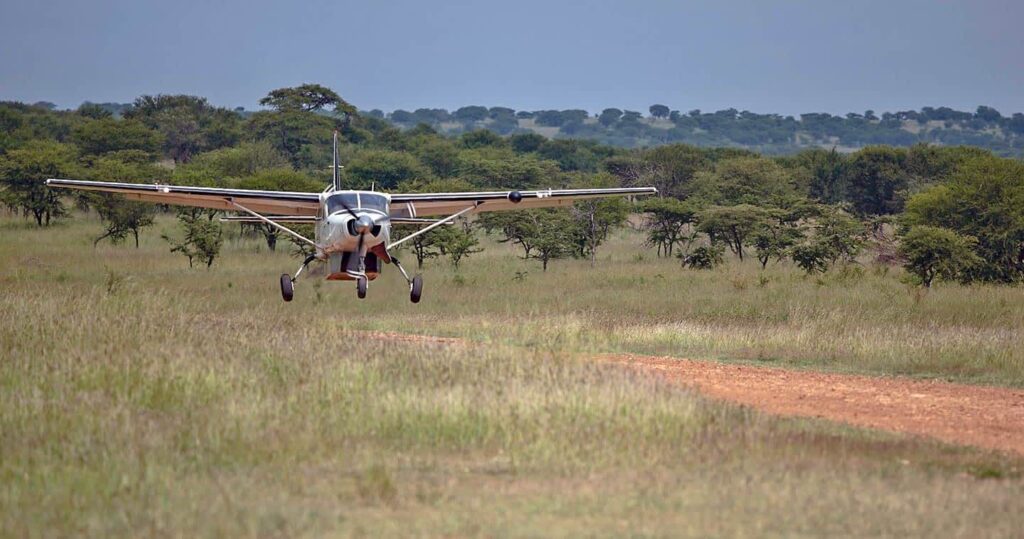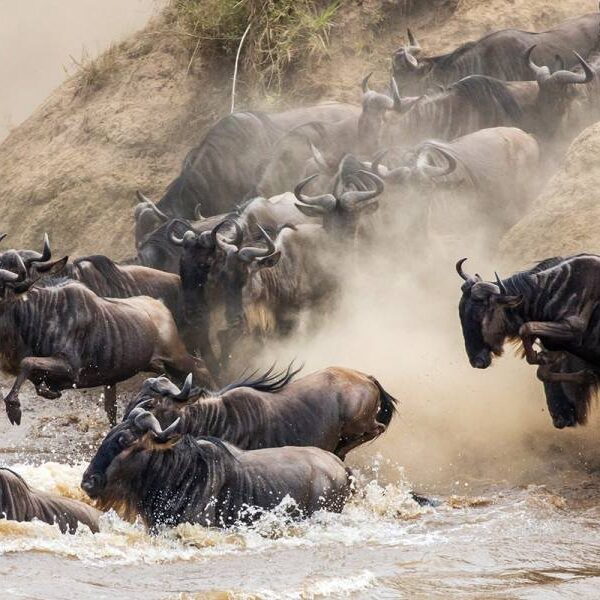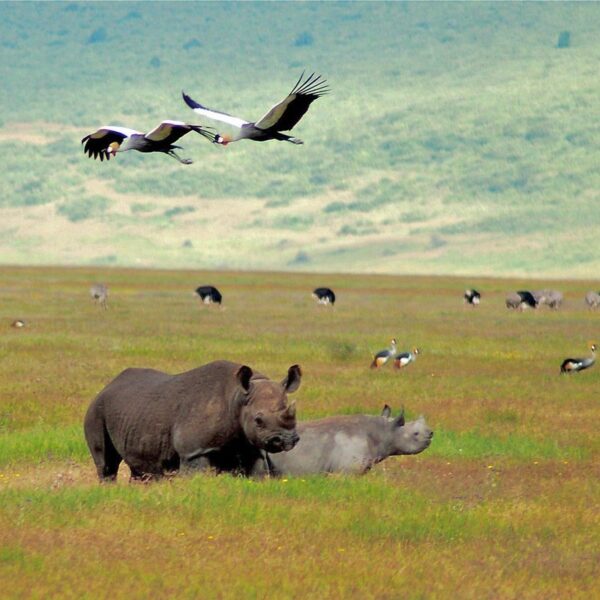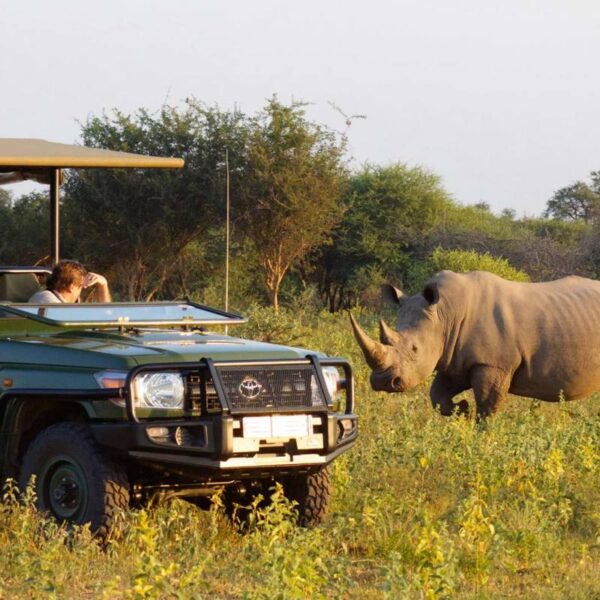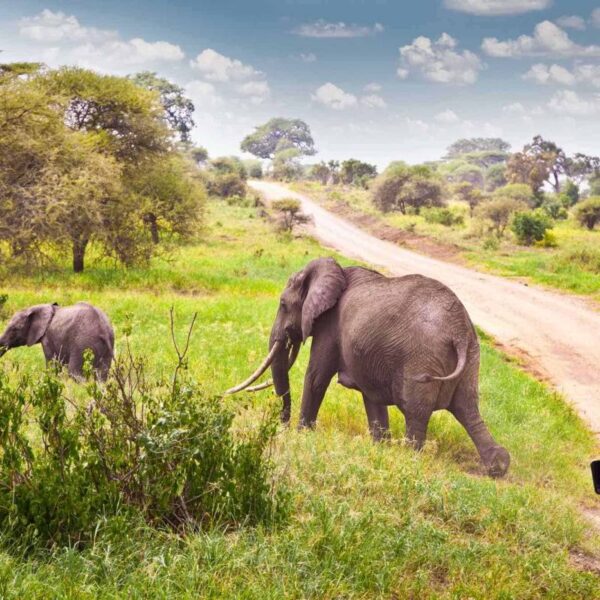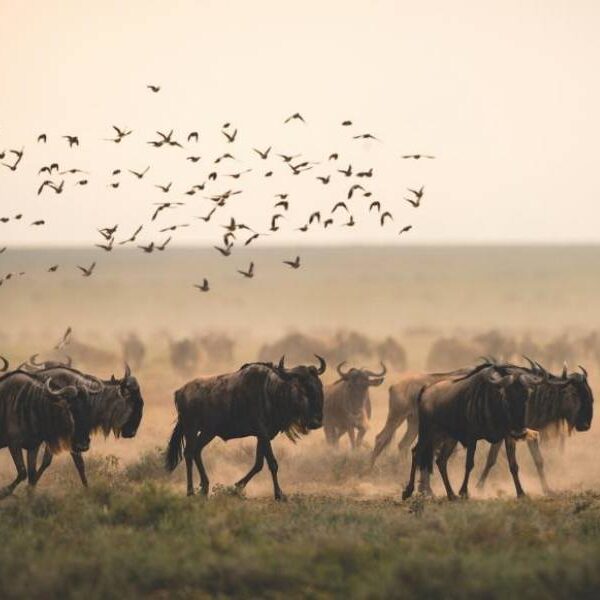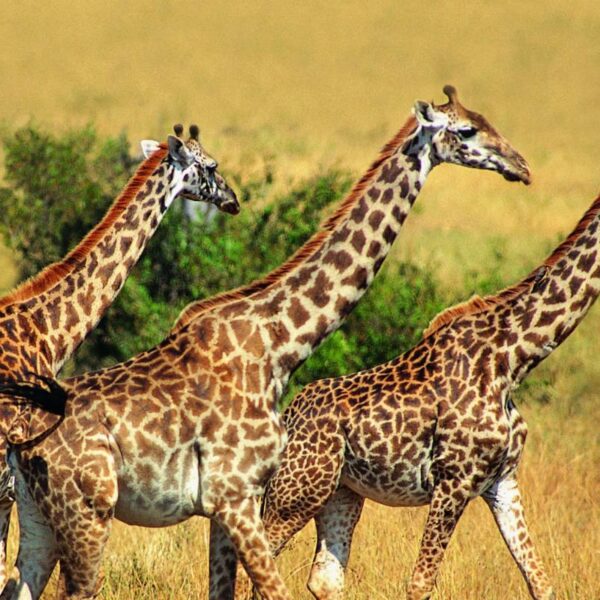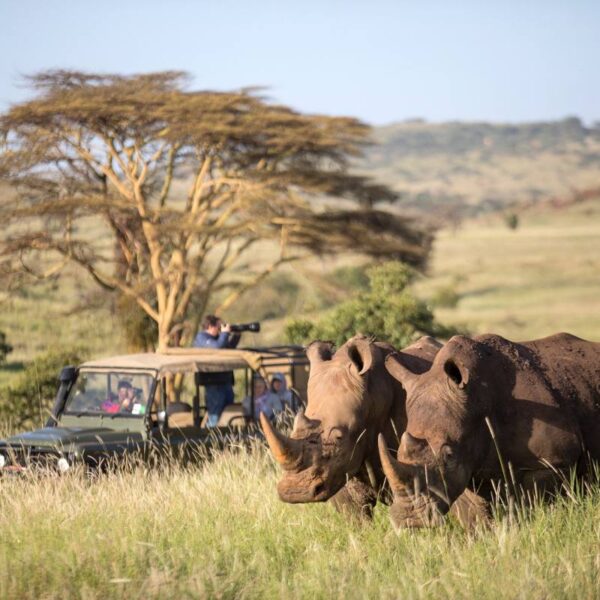Kilimanjaro is Africa’s snowcapped giant bursting in the middle of the savannah to an elevation of 5895 Meters above sea level. Mount Kilimanjaro is a strato volcano with three peaks. Kibo 5895 Meters, Mawenzi 5149 Meters and the shira plateau 3962 meters. Both Shira and Mawenzi collapsed over a million years but the sleepy Kibo is still capable of some action. During the past century its cone has been smoking and expelled ominous rumbling noises from deep down its core.
Kilimanjaro National Park – Tanzania
Explore Kilimanjaro National Park
Scaling The Kilimanjaro
When the German missionary Johannes Rebman wrote about a snow capped peak on the equator in 1848, people dint take him seriously. However his words did trigger some dare devils to conquer the remarkable colossus. The first attempt in 1861 failed and it wasn’t before 1889 that the German geographer Hans Meyer became the first foreigner to reach Kibo Peak. The summit was named the Kaiser Spitze (Kaiser Wilhelm Peak) after the Prussian ruler Wilhelm. After independence in 1961 it was later renamed and given a local name: Uhuru (Freedom) Peak.
All adults of normal health and fitness should be able to make it to the top. You will need waterproof and windproof warm gear for the cold weather at Kilimanjaro. The conditions may change rapidly and therefore a new set of clothes change daily is needed.
The trek to Kilimanjaro is not only about the peak but the journey form the tropics to the artic and back. The higher you climb the colder it gets. Mount Kilimanjaro encompasses several major climatic zones. You start form the surrounding hot tropical region (800-1900 meters). You then walk through the dense and lush montane forest (1900-2900 Meters) inhabited with primates, antelopes and even elephants. After the forest you reach the bushy and grassy heath and moorland (2900 -4000 Meters) with huge heather and giant lobelias. The final vertical takes you through sparse barren alpine desert (4000-5000 Meters) to the chilly summit up to 5895 meters consisting of lava desert and glacier patches – a vertical tour of unrivaled beauty and landscape.
Accommodation at Kilimanjaro
On the mountain: Several huts on the Marangu route and camp sites on the other routes.
Outside Kilimanjaro Park: Several hotels and campsites in Moshi town and the villages of Marangu
Climbing Kilimanjaro Tanzania
There are several routes when climbing the Kilimanjaro. Machame, Rongai, Marangu , Umbwe and Lemosho. The Mweka route is used as a decent corridor for the Machame, Umbwe and Lemosho treks.
NOTE: Although climbing Kilimanjaro is feasible for most, its also not quite an easy trek. Keep in mind it will be a challenging hiking experience at all times and the oxygen content of the air at the top is 40% of the Oxygen at Sea level.
- Kilimanjaro national park is a world Heritage site and was established in 1973 and officially opened in 1977.
- From the West to east, it stretches for 45 Kilometers
- The Kilimanjaro height is 2700 Meters from Mandara to 5895 meters at Kibo point.
- The park is easily accessible by all-weather tarmac road
- It’s a 123 kilometers drive from Arusha to Kilimanjaro which takes approximately 2 hours. ! Hour to Moshi and another hour to Marangu Gate (1970 Meters)

